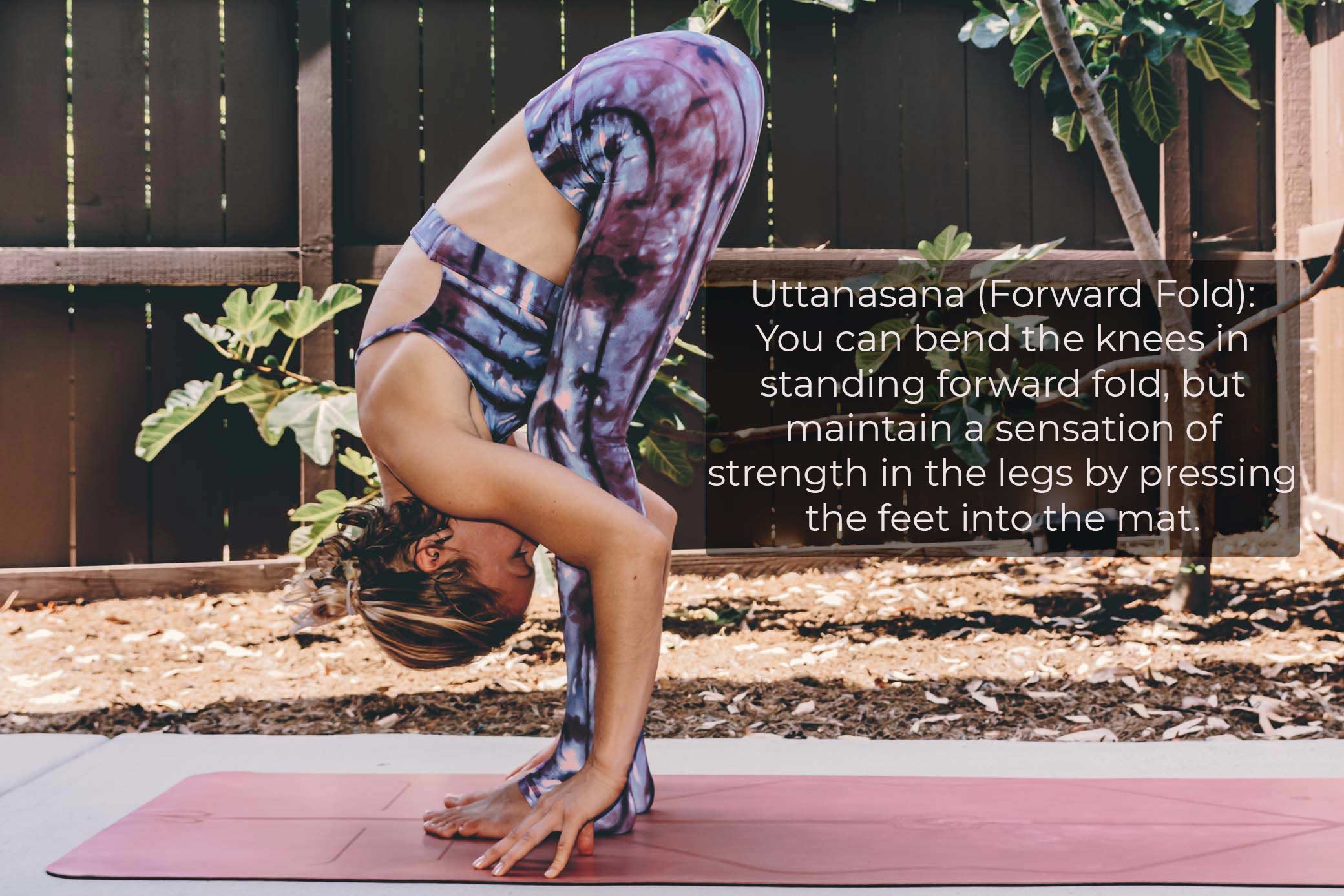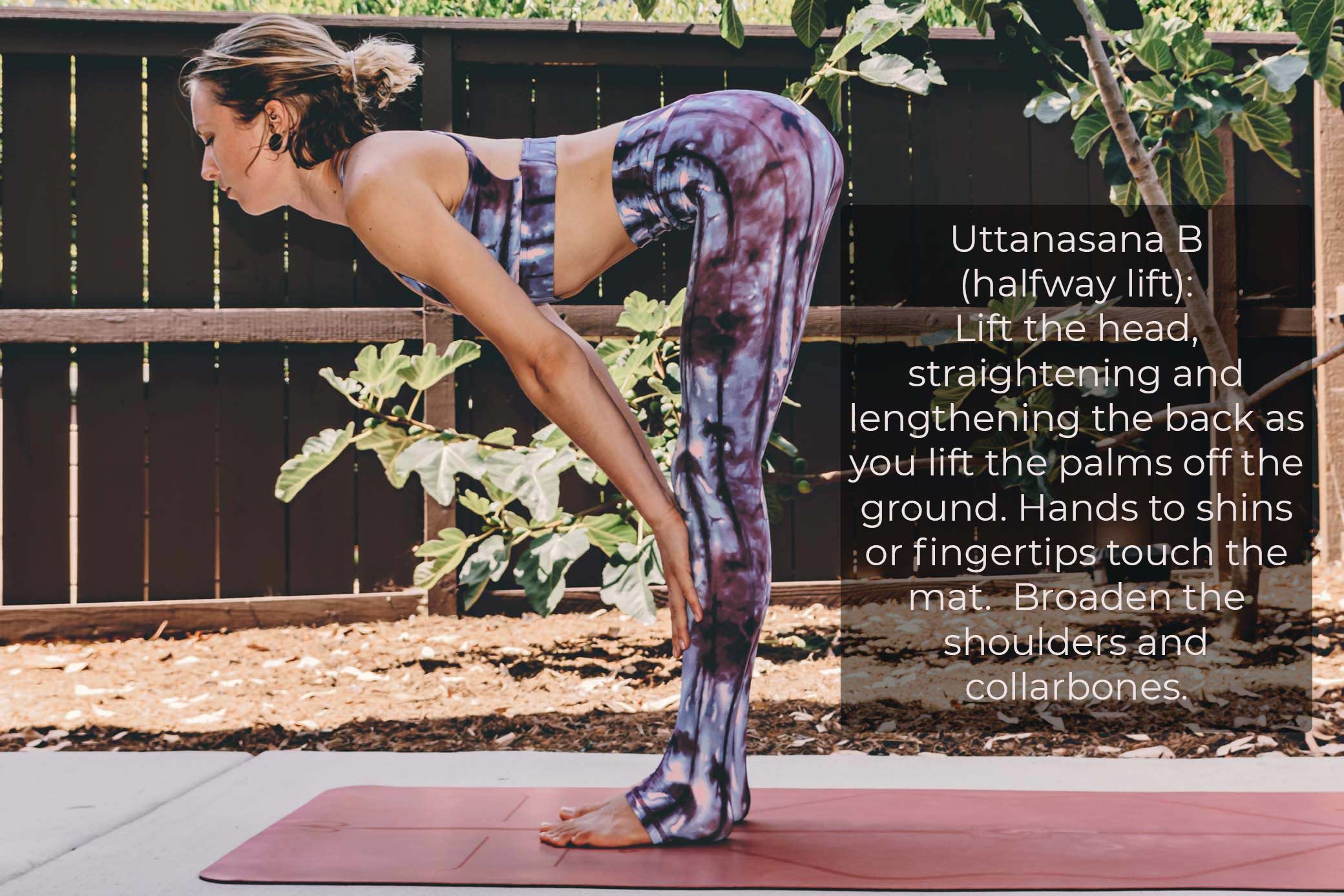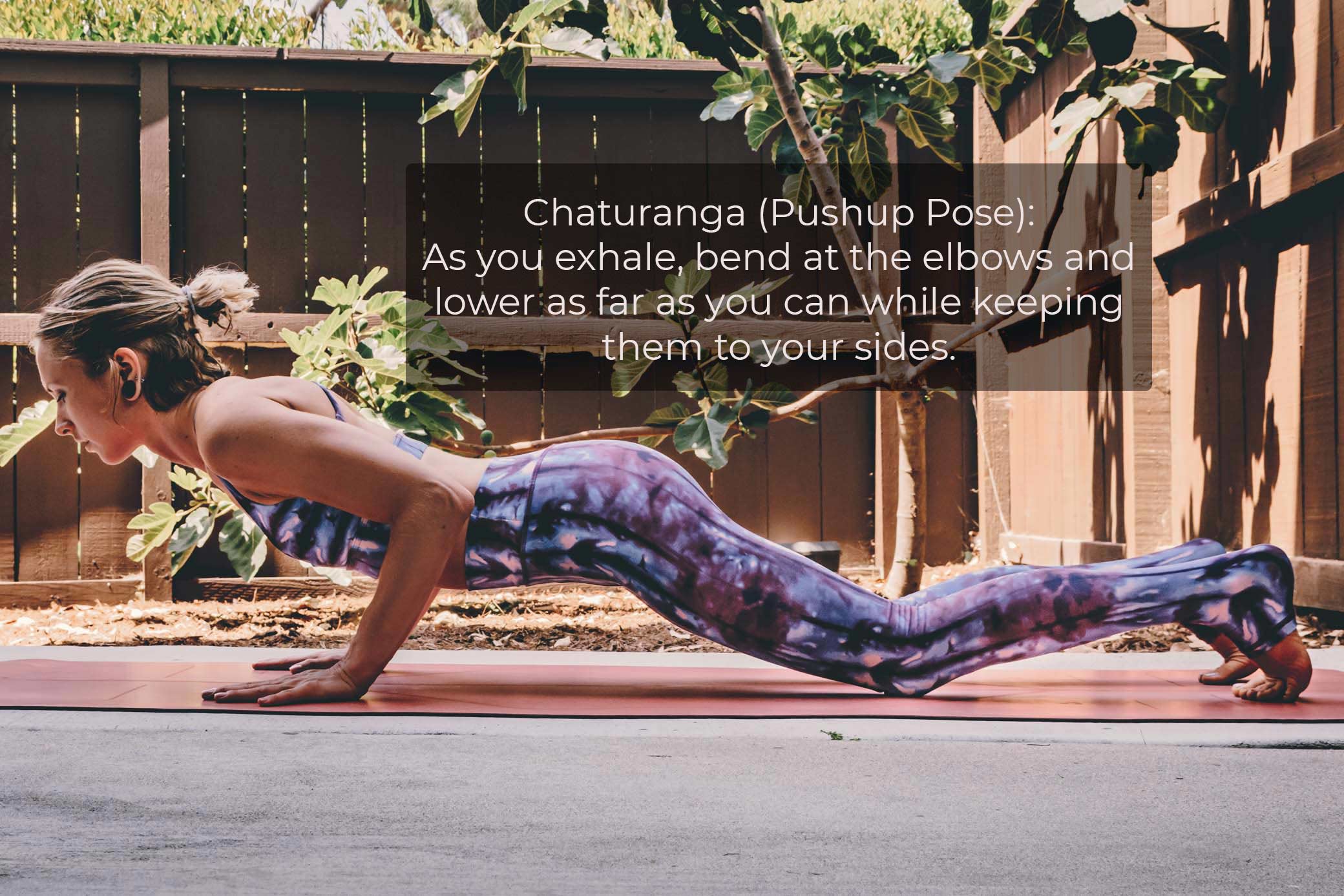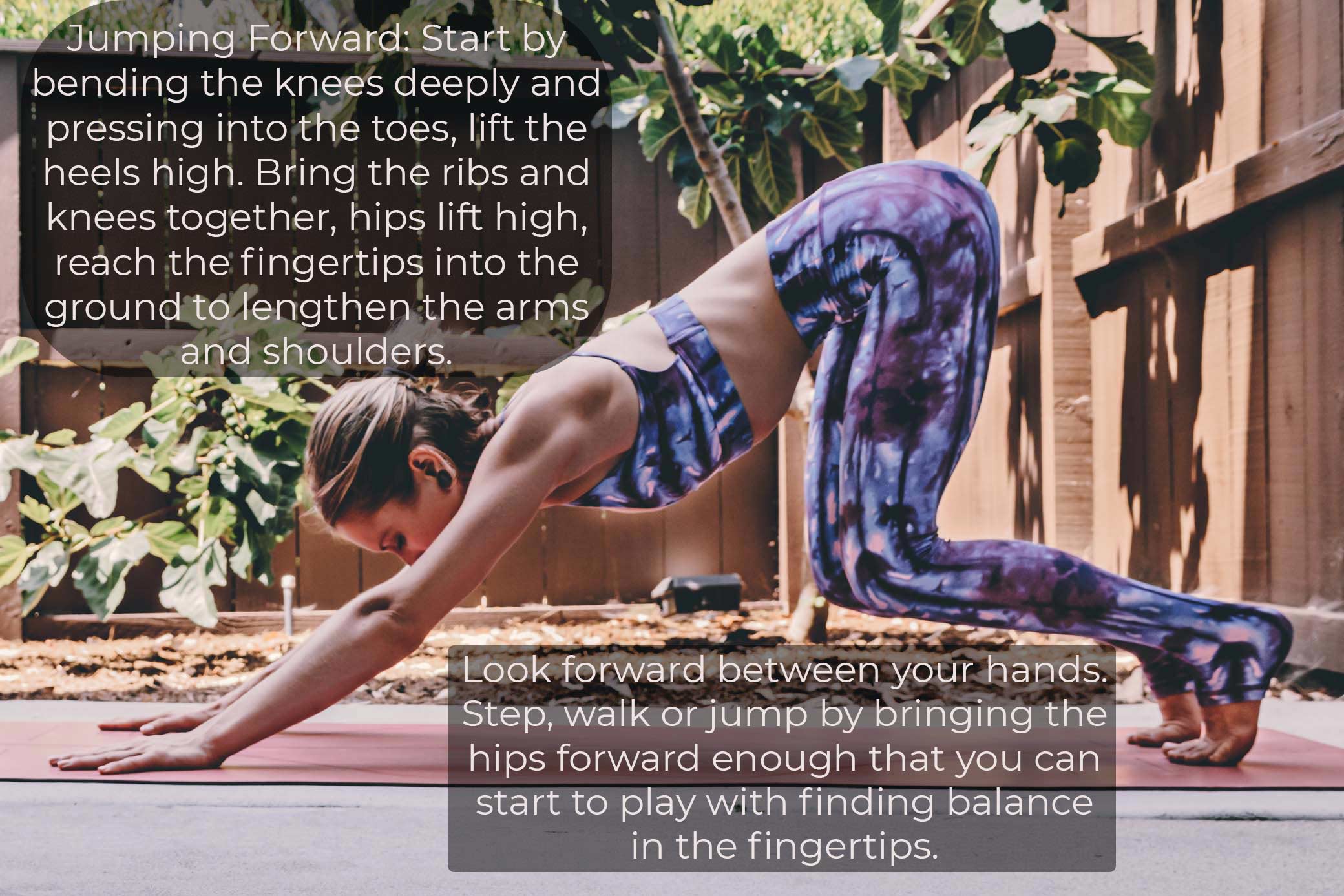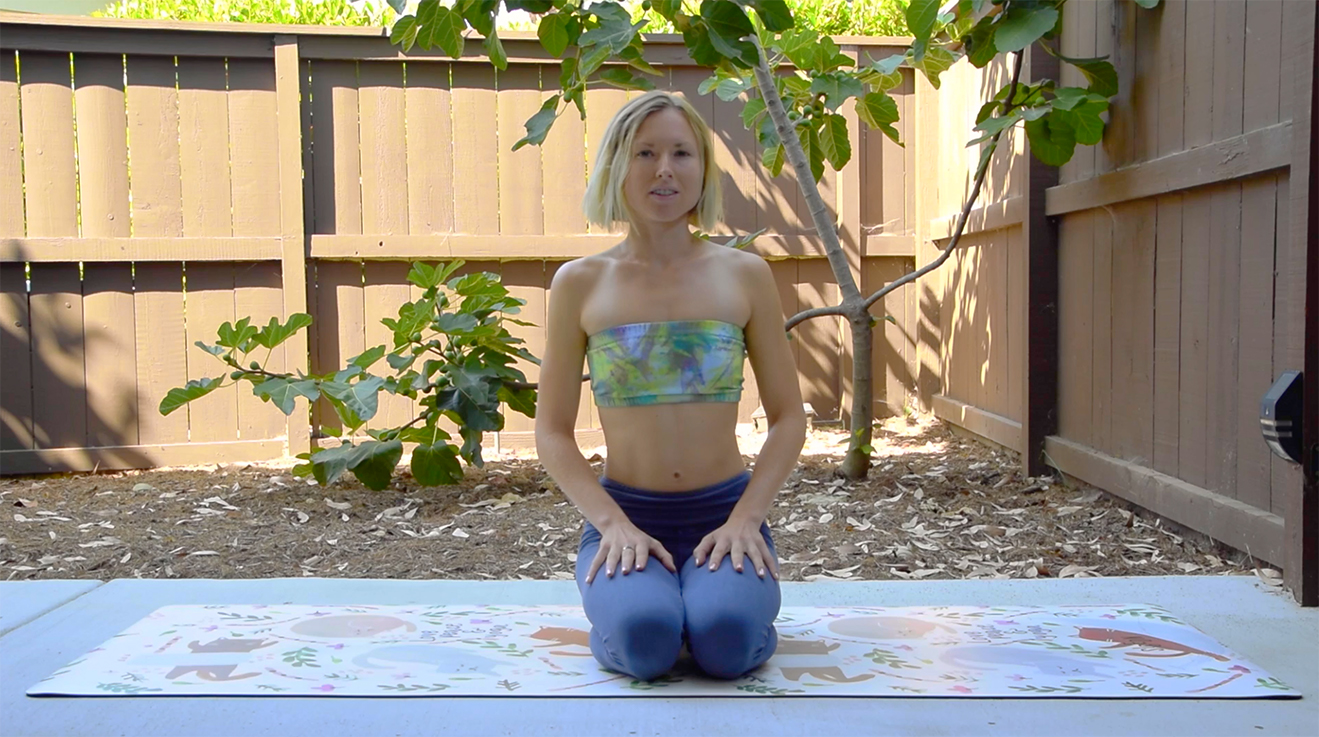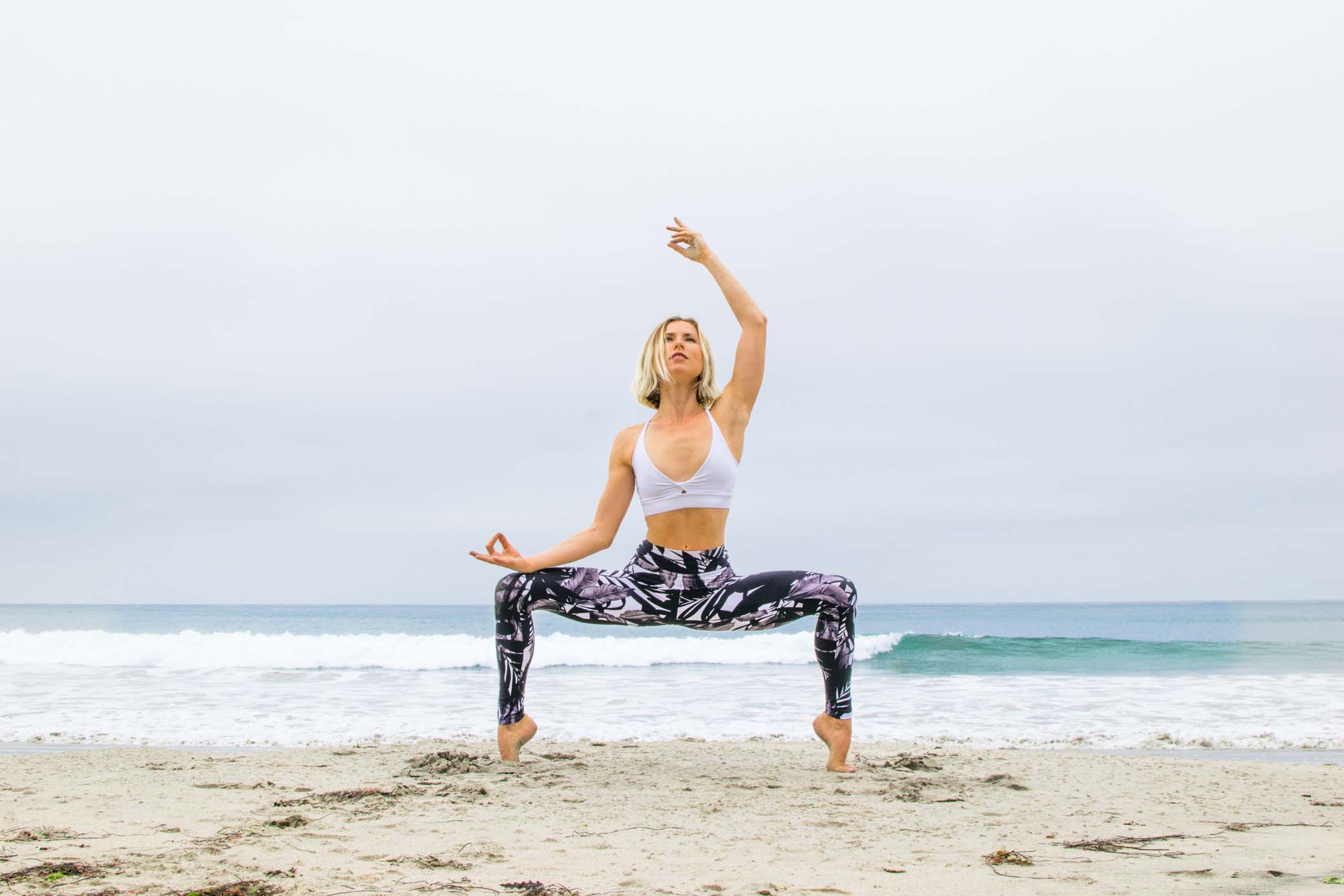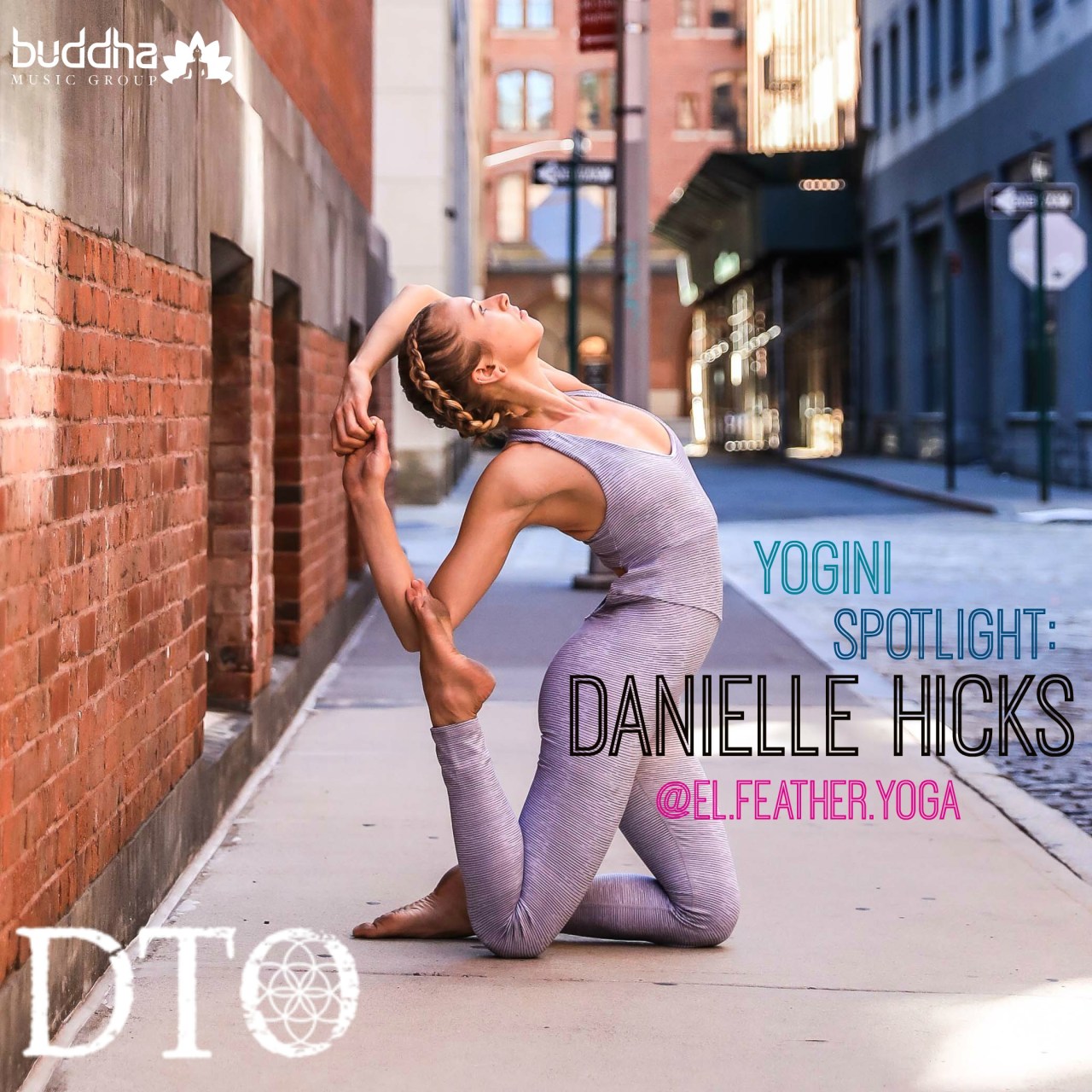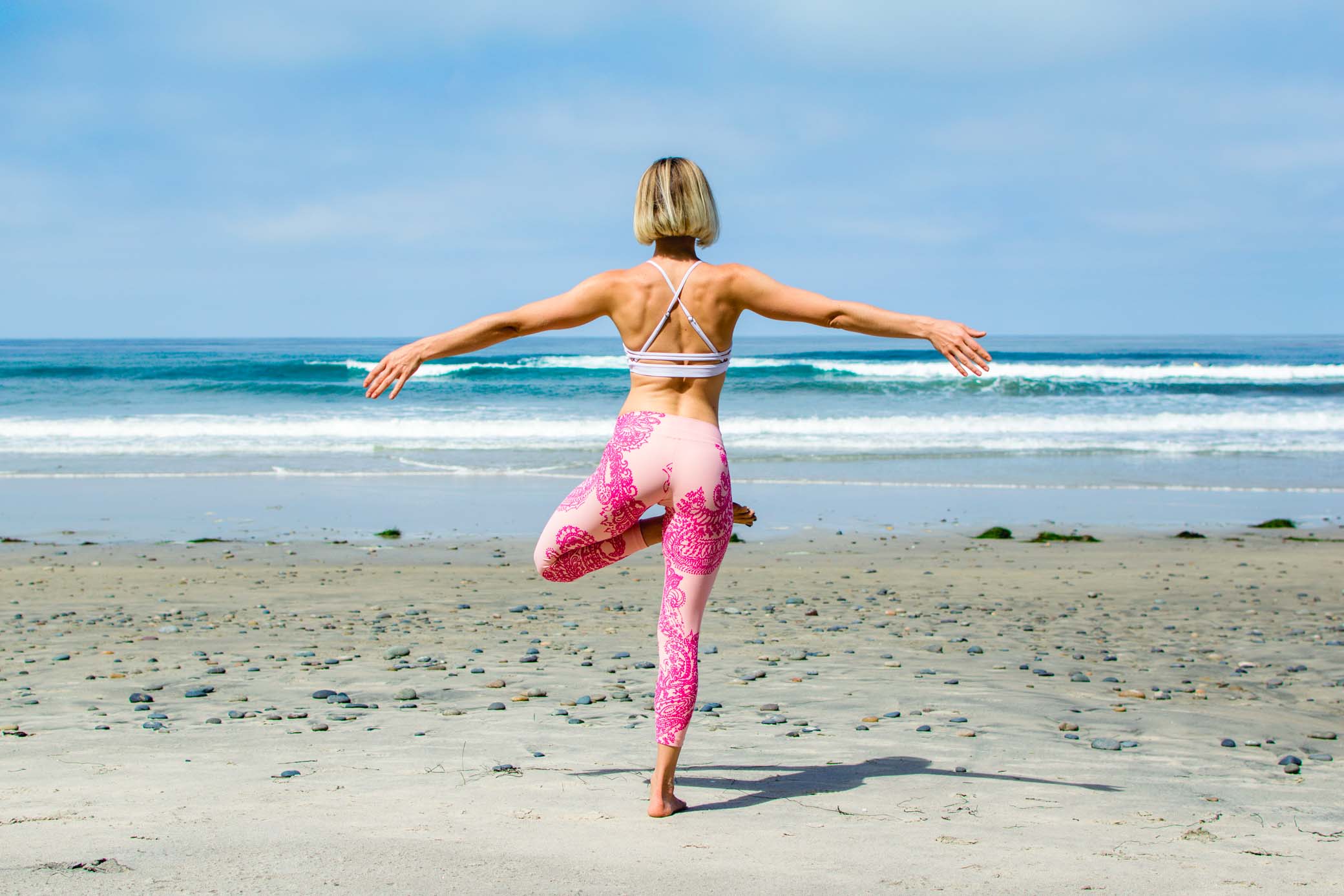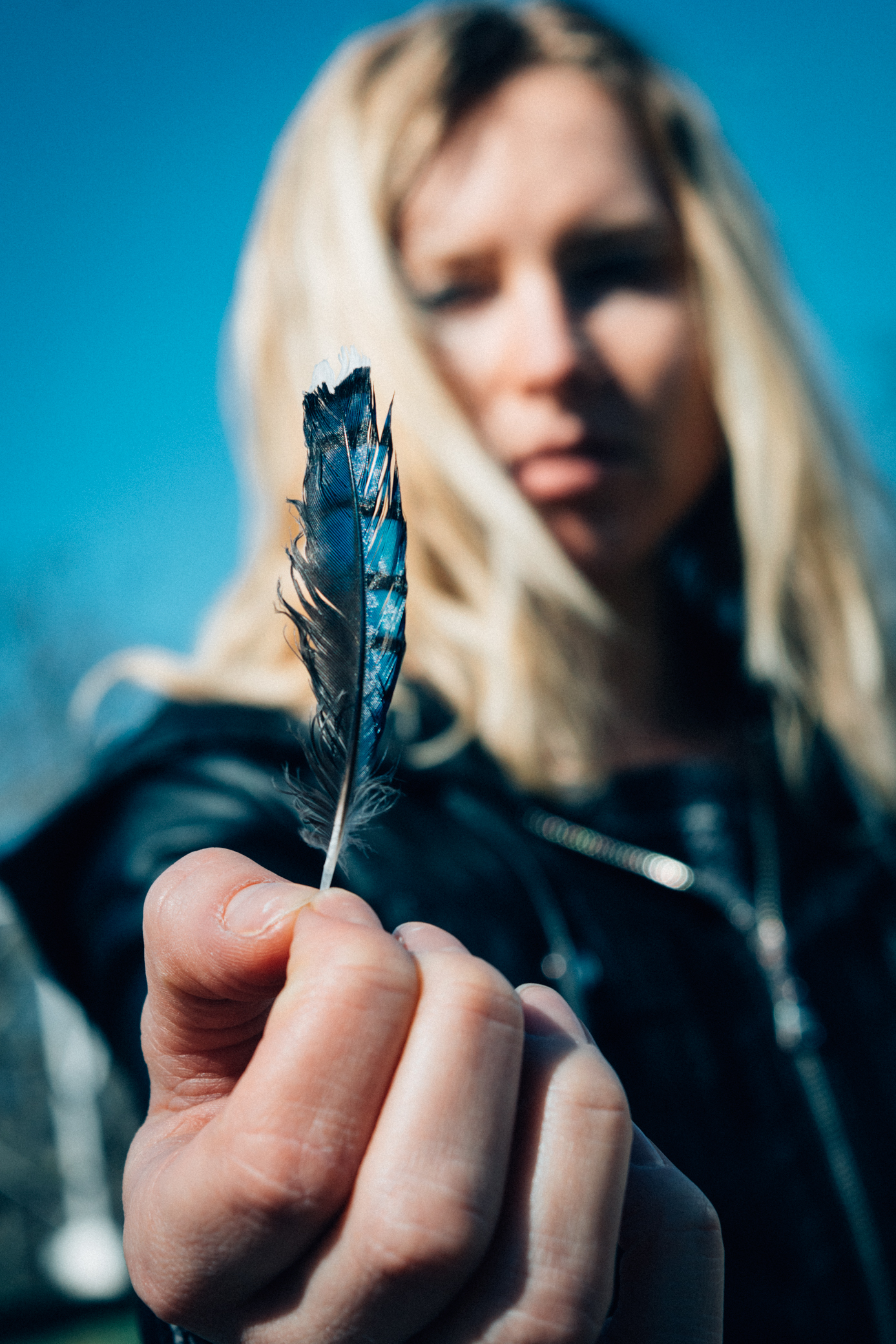Begin your day by practicing with Sun Salutations, and you will notice your energy grow, feel, and breathe better! Lie down to rest in Savasana for five minutes. Take time to move mindfully and give these movements the time they deserve, try not to rush but feel.
In this video, I lead you through the basic Sun Salutations also known in Sanskrit as Surya Namaskar. These movements move like a wheel and are the sequence of vinyasas first practiced in Ashtanga Yoga. Traditionally each morning you face the East at sunrise greeting the day and giving thanks to the sun for its light and warmth. Sun Salutations start our practice with the qualities of appreciation and gratitude. They are a way to cultivate a heart of light and joy within yourself and for the Earth for which makes it possible for us to sustain Life.
Some keywords to know:
- Tristhana Method: The three places of attention in Ashtanga Yoga. They are our posture, breath, and gaze.
- Asana (posture): The positions made throughout the practice. Each asana is created by alignment using the limbs, torso, pelvis, head, toes, and fingers.
- Vinyasa: means breathing and movement system. For each movement, there is one breath. Movement accompanied by a full inhale or full exhale of equal length. The breath naturally initiates the action, and in this way, it facilitates the breathing. By moving this way we improve blood circulation, relieve joint pain, and remove toxins and disease from the internal organs. Vinyasa movements also activate the synovium membrane in our joints. Its natural lubrication protects our joints to ensure smooth and easy body movement.
- Breathing with Sound: A slight restriction at the back of the throat that is like fogging a mirror, but you breathe through your nose. The length of the breath isn’t as necessary, but that you feel calm and stable as you breathe. It should feel natural, not forced. Engaging this way of breathing will regulate the heartbeat and trigger the parasympathetic nervous system, which helps you to stay calm and present. Listening to the sound of our breath is a simple yet powerful technique for cultivating mindfulness and developing our capacity to listen. Our practice becomes transformative and is something more than physical activity.
-
Bandhas:
In Sanskrit, Bandha means to lock, to hold, or to tighten. The application of bandhas is an energetic root of the breath that when attended to has both a stabilizing and enlightening effect. There are three principle bandhas in the body, but we will primarily focus on the first two locations:
Mula Bandha – the pelvic floor muscles
Uddiyana Bandha – known as the upward flying lock or abdominal lift. Activated by an exhaled breath.And also the hands and feet! All asanas begin with the root of our foundation.
Pada (Foot) Bandha – Bring your awareness to the four corners of the feet. Energetically lift the arches by engaging the muscles on the inner and outer lower leg.
Hasta (Hand) Bandha – Root down through the pads and mounds of the thumb and fingers, and energetically draw/suction upwards through the center of the palms, creating a lift upwards through the hands, wrists and lower arms. You will also be protecting the wrists. -
Drishti:
A specific gazing direction for the eyes to control attention. In each posture, we have a prescribed drishti. This eyes should gaze softly, looking through toward a vision of cosmic unity. With a soft focus send your attention beyond outer appearance to inner essence.
Modifications:
Modifications give you the opportunity to find a version of a pose that works well for your body. The lesson of the year in yoga and life, do you!
Uttanasana (Forward Fold): You can bend the knees in standing forward fold, but maintain a sensation of strength in the legs by pressing the feet into the mat.
Chaturanga (Pushup Pose): From plank bring your knees first to the floor before bending the elbows.
Jump Back: Step back one foot at a time for Downward Facing Dog to prevent shock to the knee /low back/shoulders.
Urdva Mukha Svanasana (Upward Facing Dog): Bend the elbows slightly, walk the hands forward, or both. Over time you can start to straighten the elbows while keeping the shoulders down.
Combination of breath, movement, and focused awareness generate heat within us. This internal fire known as Tapas purifies and softens us. By doing this, we create an opportunity to target more deeply into ourselves than we can under normal circumstances. Patanjali (Father or Yoga) says Tapas purifies the Indriyas (the sense organs) that are our windows of perception. As a result, awareness heightens, and we begin to be more discriminating in how we feed our sense organs.
Choose your level of practice: Because of the importance of consistency of practice choose a rate you can maintain over time and increasing the effort as you are ready.
I hope you enjoyed this and look forward to sharing more with you!


